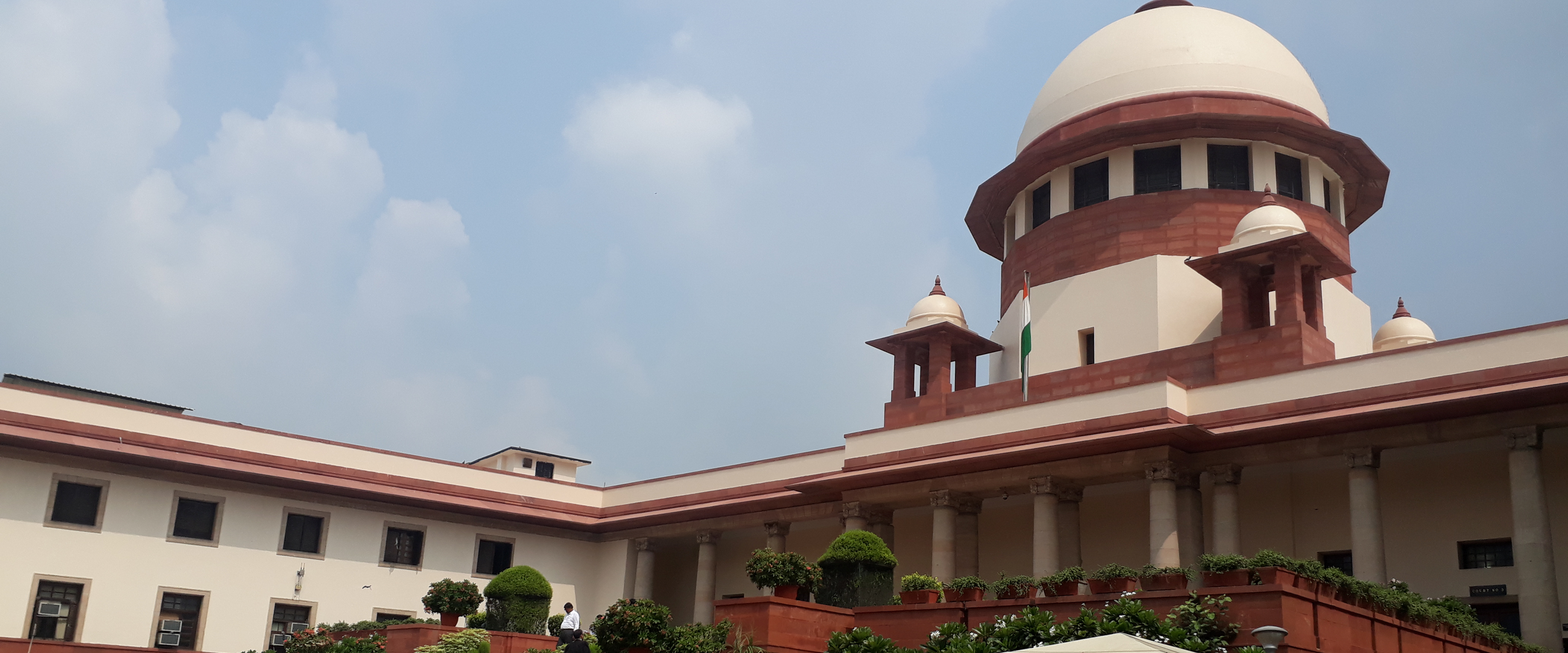Analysis
2021 Monsoon Session Review
The Court’s Monsoon Session was dominated by cases related to tribunals and reservations. Several constitutional cases remain pending.

The Supreme Court’s 2021 Monsoon Session* was dominated by news outside the courtroom. The Collegium unleashed a rush of appointments to the Supreme Court and various HCs and the CJI has publicly committed himself to remedying the vacancy problem in the higher judiciary. Three judges retired during the Monsoon Session: Ashok Bhushan, Rohinton Nariman and Navin Sinha JJ. Justice Nariman’s retirement and resulting absence from the collegium broke the internal gridlock in the collegium process and nine new judges, including three women, were appointed to the Court on August 31st.
Cases Heard
Covid restrictions continued through the Monsoon term and most cases were heard online. From Sept 1 a limited number of cases were heard physically. However, this mixed model had little or no impact on the pendency. Pendency increased by 744 cases between July 1st and September 1st. The relaxations had a minimal effect after this, with a reduction of 34 pending cases by October 1st.
In July, the Wire sensationally revealed that hundreds of activists, journalists and public officials were allegedly spied on by the Indian government. Surveillance targets approached the Court seeking a probe into whether the spyware was used and whether due process was followed. After the Union refused to confirm or deny the use of the Spyware, the Court reserved interim orders for ‘2-3 days’. 31 days later no order has been passed in the Pegasus Spyware Probe.
Two equality and reservation cases dominated the court’s attention this Term. The first is a challenge to the reservation of 15% seats for Other Backward Classes and Economically Weaker Sections in the All India Quota for undergraduate medical colleges. The second challenges several States’ and the Union government’s implementation of reservation in promotions in public employment without satisfying conditions laid down in M Nagaraj (2006). Multiple High Courts have struck down the governments’ attempts for varied reasons and the Supreme Court will now have to restate nationwide benchmarks for these reservations.
The Supreme Court has attempted to resolve doubts about tribunal composition and powers for four decades. The Court and Parliament seem to have come to a fresh impasse with the Tribunals Reforms Act, 2021. This Act replicates appointment provisions that were previously struck down by the Court. Simultaneously, vacancies in tribunals continue to rise. When the Court expressed its displeasure with stalled appointments some vacancies were filled. However, the core questions related to the validity of the Act will wait till final hearings are completed.
The Court has been more decisive with respect to the powers of a statutory tribunal. It upheld the exercise of suo moto powers by the National Green Tribunal (NGT) this session. Hrishikesh Roy J held that the NGT should have the power to take up cases suo moto even if a petitioner does not approach it as it has been conferred broad statutory powers to protect the environment.
Version 2 of the legal tussle between the Union and the Government of NCT Delhi (GNCTD) began in August 2021. Three years ago, the Court had clarified that the Lieutenant Governor, who is a Union appointee, has a limited role. However, in August 2021, Parliament enacted a law that expands the powers of the Lieutenant Governor. The GNCTD has challenged this law.
Cases That Were Not Heard
While the Supreme Court is slowly emerging from the shadow of the Covid pandemic, several important constitutional cases remain unaddressed. Three cases— the abrogation of Article 370; the enactment of the Citizenship Amendment Act, 2019; and the electoral bonds scheme— have not been listed for over a year.
In January 2021, the Court stayed the implementation of the three ‘farm laws’ and ordered a committee to oversee negotiations between farmers and the Union. The committee filed its report on March 19th but no subsequent hearings have taken place. As the threats of violence grow this case takes on an ominous significance.
In April, the constitutional challenge to the law on sedition was admitted. However, no hearings have taken place. Several social and political activists as well as journalists remain in prison while their sedition cases wind their way through the trial courts.
*The Court does not officially follow a session calendar. Nevertheless, the Supreme Court Observer analyses the Court through 4 sessions, divided by the Court’s vacations. They are: Spring Session (January 2 – March 26), Summer Session (April 3 – May 9), Monsoon Session (July 1 – October 8) and Winter Session (October 18 – December 17).







